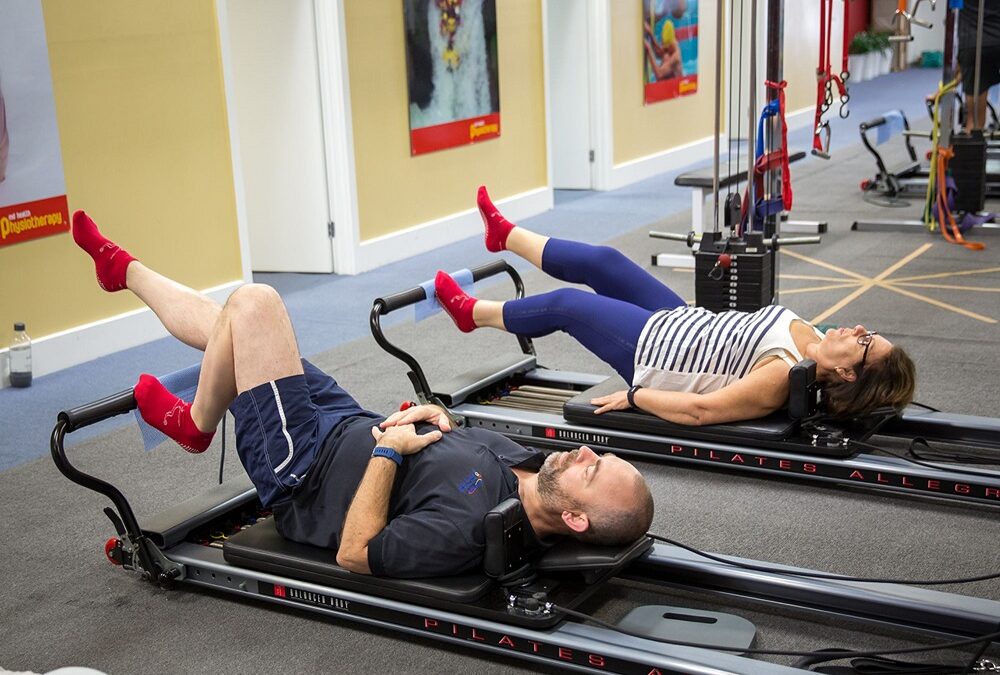Calf tears are a very common injury both in everyday life and the sporting world. They’re especially common in Australian sports such as Aussie rules football and tennis.
The calf is the bulk of muscle behind your lower leg. Their main role is to point your foot (plantar flexion), as well as to bend the knee and support the structure of your foot.
Quick anatomy review
The calf is actually made up of three different muscles. The main one is called the Gastrocnemius (Latin for stomach of the leg, due to its shape). It is separated into two heads (medial and lateral). This is the main muscle you can feel and see on your own lower leg, as it is the most superficial muscle.
Under the Gastrocnemius is the Soleus muscle (Latin for sandal). This is often forgotten about, however it plays a big role in supporting the foot. It is the missing ingredient in a lot of rehabilitation programs.
Lastly is the Plantaris muscle, which is a small muscle above the Gastrocnemius and Soleus muscles. It has a very long tendon which attaches into the Achilles tendon.
All three of these muscles attach to the Achilles tendon at the back of the foot and play a role in the movement of the foot. They also support our body weight when walking, running, jumping and sprinting.
How and why do tears occur?
Calf tears, like most muscle tears, happen when the muscle is quickly overloaded and the force acted upon it exceeds the muscles capacity to resist it.
With calf tears, the most common mechanism is taking off abruptly from standing still. The quick initial push off the foot overloads the calf and causes the muscle fibers to tear.
Calf tears can also happen when quickly slowing down or having to stop suddenly.
As the main cause of a muscle tear is the muscle’s capacity has been exceeded, a lack of strength of the calf muscles (and also muscles further up the leg in the knee and hip) is the greatest risk factor for these injuries to occur. A good benchmark is you should be able to do at least 30 single leg calf raises with good technique to reduce the risk of a muscle tear with running.
What is important is which muscle and where in the muscle the tear has occurred. Most commonly the inside of the Gastrocnemius muscle (the medial head) is the torn muscle. However, a proper assessment and sometimes radiological imaging is required to determine this.
How to fix a calf tear?
The human body does an amazing job at healing itself. Generally calf tears heal quite well and the pain reduces quickly, however many people have recurrent tears / strains or long term weakness.
A proper assessment, followed up with a rehabilitation program must be undertaken to ensure the calf is stronger than ever before. This is to not only address the tear but build the muscle capacity to reduce the risk of it happening again.
Do you have any questions?
Call us on (03) 9857 0644 or (07) 3505 1494 (Paddington)
Email us at admin@mdhealth.com.au
Check out our other blog posts here
Our clinical staff would be happy to have chat if you have any questions.



